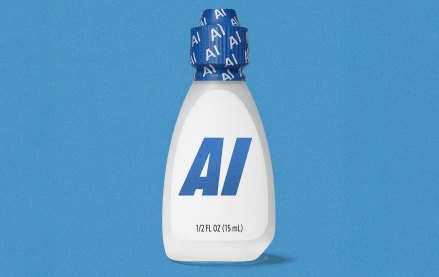
Data never lies, even in social media. Procter & Gamble’s Pepto-Bismol sales were declining two years ago, when the company realized that consumers were discussing the indigestion-relief medicine on Saturday and Sunday mornings after drinking a bit too much. P&G began luring hungover Facebookers. This resulted in an 11 percent market-share gain in the 12 months through fall 2011.
Consumers produce incredible amounts of social data every day, and the data can help marketers talk to the people who want to hear from them with the right type of messaging. There’s more to it than just optimizing marketing, i.e., targeting ads. Often the discussion around social data, like all digital data, begins and ends with ad targeting. But that’s only half of the picture, if that. Social data is a powerful source of insight that can craft new marketing strategies or even entirely new products and services.
Another example is Target, which uses social data to inform future marketing efforts. Target has a whole behavioral research division dedicated to analyzing consumer behavior online and in-store. There’s a whole bunch of social media data mining going on here, and Target uses this information, as well as data on purchases linked to a Target.com account or in-store credit card purchases to better target (no pun intended) consumers. Target is able to identify customers that are pregnant or just had a baby and then uses various marketing channels to lure them in-store to buy baby products and, since they’re already there, everything else they need.
Walgreens has also used social media data to better guide its marketing, according to Adam Kmiec, Walgreens’ social media chief. When the drug-store chain launched its mobile app, it used Facebook fan feedback to assess what additional features users would want in the app experience. As a result, Walgreens added deals and offers to its app, since a great deal of Facebook fans expressed the desire for these features.
Mining social data is a means of improving individual campaign performance and increasing brand relevance. The data can be used to distinguish which customers are in which part of the purchase funnel, which is key to getting the right message to the right consumer. This means analyzing what type of messaging works well on what platforms, learning from the messages that don’t work and tweaking them the next time around for better results.
“The cool thing about social is it destroys barriers to access,” said Michael Perrone, chief operating officer of SocialFlow. “If you think about it, in the past, marketers had to pay to get access to consumers. So think about things like buying shelf space or paying to get on prime time. Social specifically destroys these barriers of access. The byproduct of all this is it becomes an attention bottle-neck. You are now not only competing with other brands, but also with my mother and best friend, whose status updates are in the same place. The more you focus your message, the better chance you have of it being heard.”
More in Marketing

‘Intentionally being cautious’: Why the ad industry isn’t ready to let AI agents spend ad dollars
For now, LLMs are being used as accelerants, not decision makers. They compress workflows. They do not spend the ad dollars

Walmart says ‘open partnerships’ are central to its AI strategy, while Amazon goes it alone
Walmart and Google have announced a partnership that brings the retailer’s shopping experience inside Google’s AI assistant, Gemini.

The case for and against influencer-led Super Bowl ads
Inside the Super Bowl ad debate: Celebrities offer mass appeal, but creators provide better engagement.





